Build Your Business
How to think like a brand strategist to connect with your audience and maximize your social impact
A branding guide for social enterprises and nonprofit organizations working on critical issues around the world.
April 23, 2019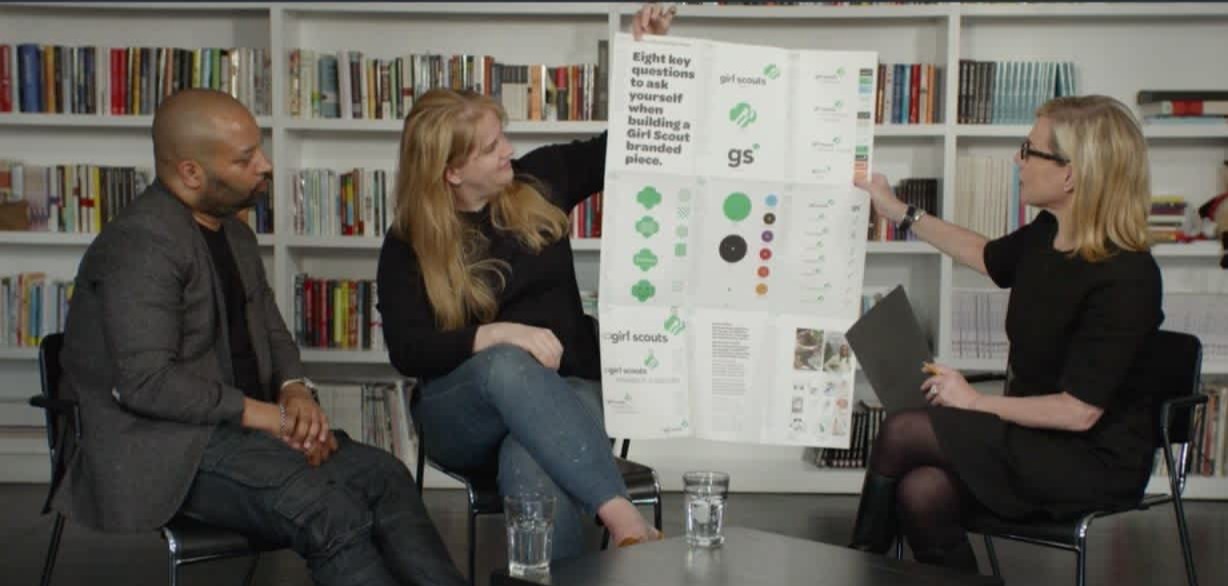
Branding is hard to put your finger on; even the experts don’t agree on a definition. Here are a few of the ways we’ve heard ‘brand’ described:
“The space between your product and your mission.”
“An emotional connection.”
“A promise.”
“What makes you, you.”
Clearly, it’s difficult to capture the essence of ‘brand,’ making it even more challenging to understand its purpose, value, and properties. So, instead of proposing yet another definition, we’ll start with an analogy. A brand is like oxygen — it surrounds a company and gives it life. Most importantly, it can be a fire starter; a good brand is powerful, elemental, and helps a company to grow voraciously.
For all these reasons, it’s critical for social enterprises and nonprofit organizations tackling global challenges like poverty, climate change, sexual violence, or homelessness to understand branding.
This guide will:
-
Examine what branding is and isn’t
-
Demonstrate the value of prioritizing brand thinking within your organization
-
Provide actionable steps to implement your own brand strategy in order to build connections, galvanize movement, inspire action, and connect people to something bigger than themselves
-
Provide an in-depth case study of the Girl Scout's rebranding initiative
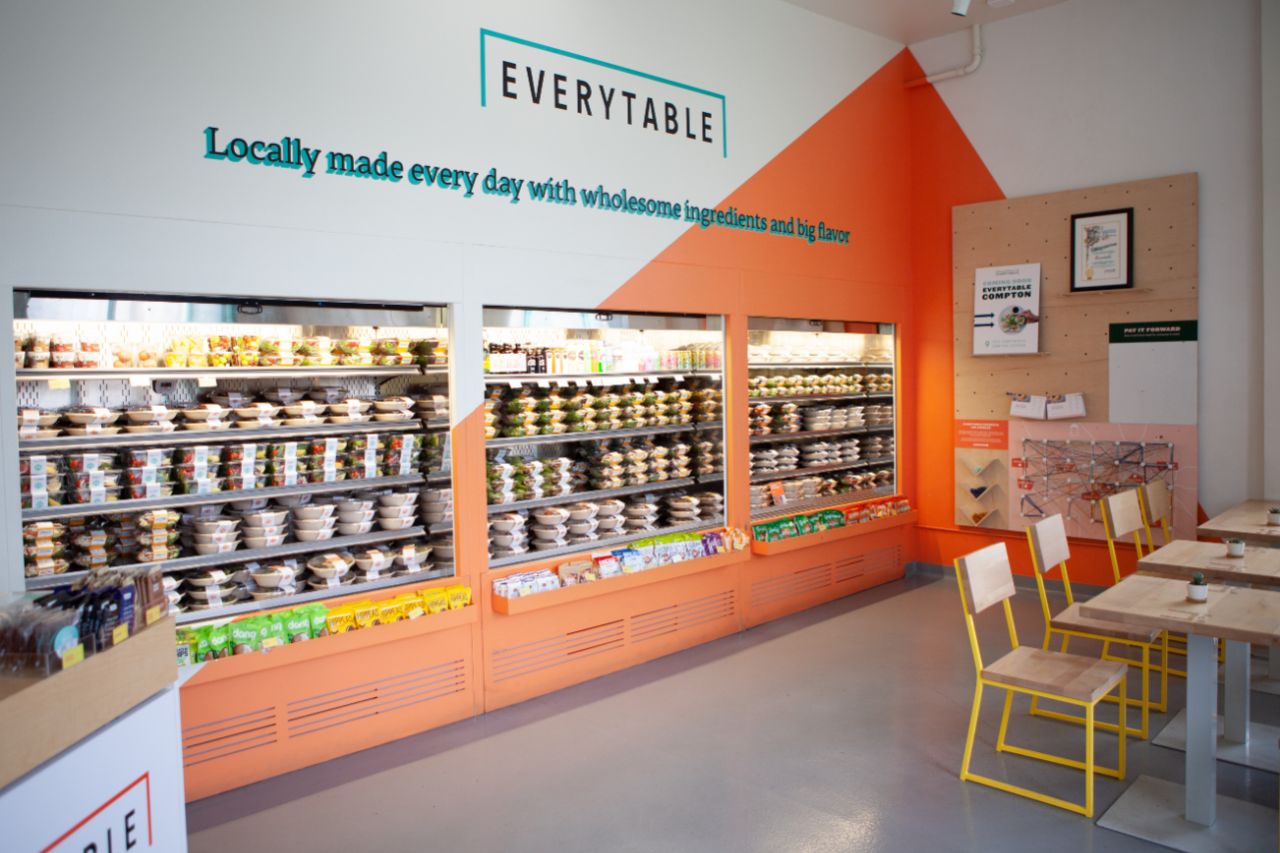
What is branding?
Let’s start with some good old fashioned myth-busting.
Myth #1 - Branding is a cosmetic layer.
Nope! It’s actually embedded in every workflow and decision - from setting business goals, to building strategic partnerships, to hiring new team members.
Myth #2: Branding is something you do once in a workshop.
Not the case. While a workshop can be a good way to kick off the brand thinking process, branding is a continuous, everyday activity.
Myth #3: Branding is an overhead cost.
Certainly not. Branding leverages an organization’s other investments by attracting more customers, supporters, and talent, all of which grow impact and revenues.
Myth #4: Branding only concerns the marketing team.
No way! Everyone associated with an organization is a brand steward, and every decision impacts the way an audience interacts with or perceives an organization.
With these common myth busted, is your understanding of branding evolving? Now you know that branding is conscious and continuous, involves the entire organization (including your customers), and has the power to grow impact and revenues. The definition that resonates the most with us comes from Anne Miltenburg, founder of The Brandling:
Branding is the act of directing how people think and feel about you.
This definition reflects the fact that branding is an intentional, every day activity, and it clearly articulates how branding connects an organization with its audience.
Elefint founder & creative director, Gopika Setlur, goes deeper in this short clip:

Watch Now
Close
Why is brand thinking important for social impact?
Now you understand the properties of branding, so what? Well, your brand can be a powerful asset for achieving your impact goals. Thoughtful and strategic branding equips an organization with a compelling articulation of why its work matters.
Namely, branding can:
Branding gives your organization personality
Customers and stakeholders connect with a strong brand. Let’s try a quick exercise:
Think of a social change brand that you admire. (If one doesn’t immediately come to mind, check out Acumen investee, Everytable.) Have you interacted with their product or service? What was that like? How do they show up across digital properties? Do they have partners whom who admire?
Now, visualize that brand as a person. What do they look like? What are they wearing? What are their hobbies?
Strong brands resonate because they have a personality. When seeking out organizations to work with or buy from, different customers are attracted to various styles depending on their preference and the situation. For instance, when shopping for a mobile phone provider, some customers look for a serious company that portrays reliability, whereas others will gravitate towards a lighthearted brand that promises economical prices.
Branding is a tool that helps an organization’s personality shine through in order to connect with the ideal customer. This personality comes across in the way a brand communicates with words and images, and through its marketing and communications channels.
In action: Innocent Drinks
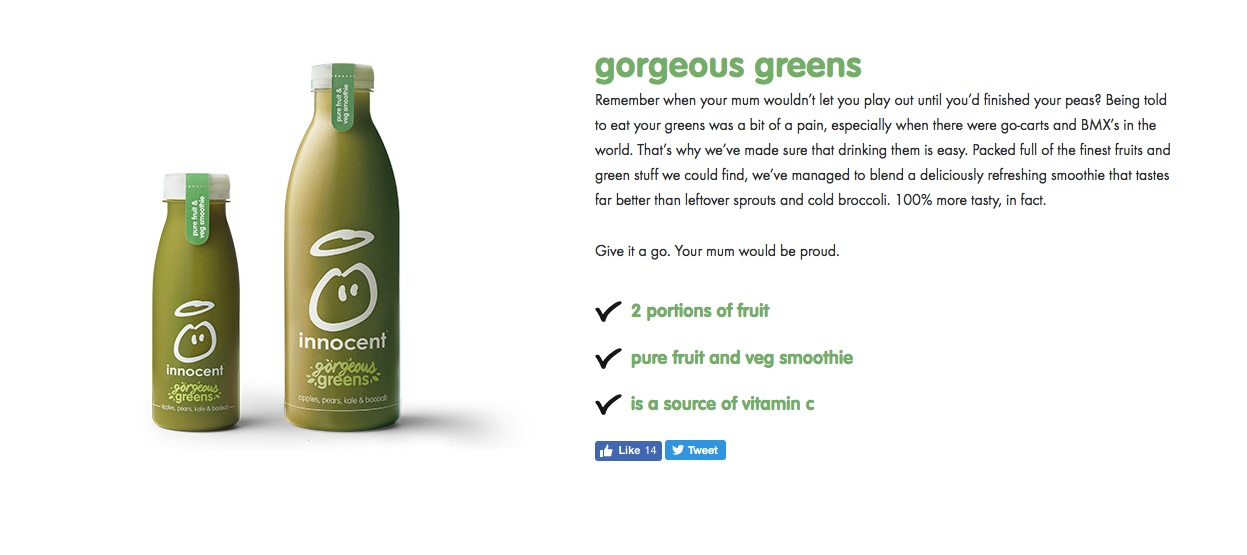
UK smoothie company and certified B Corporation Innocent Drinks has an incredibly distinct tone of voice - irreverent, playful, youthful. Through the copy on its bottles, bright packaging, and imagery that celebrates playing with your food, Innocent Drinks makes eating healthy and protecting the planet approachable and fun.
It’s important to note that one of the reasons this tone works so well is because it is authentic, a direct reflection of the founders’ and the origins of the company.
Branding guides the direction of your organization
Branding also provides your organization with a north star to guide decisions and actions. When your brand is clear, it serves as an internal decision-making tool that helps you externally act in alignment with your identity (also known as “walking the talk”).
In action: Cambio & Co.
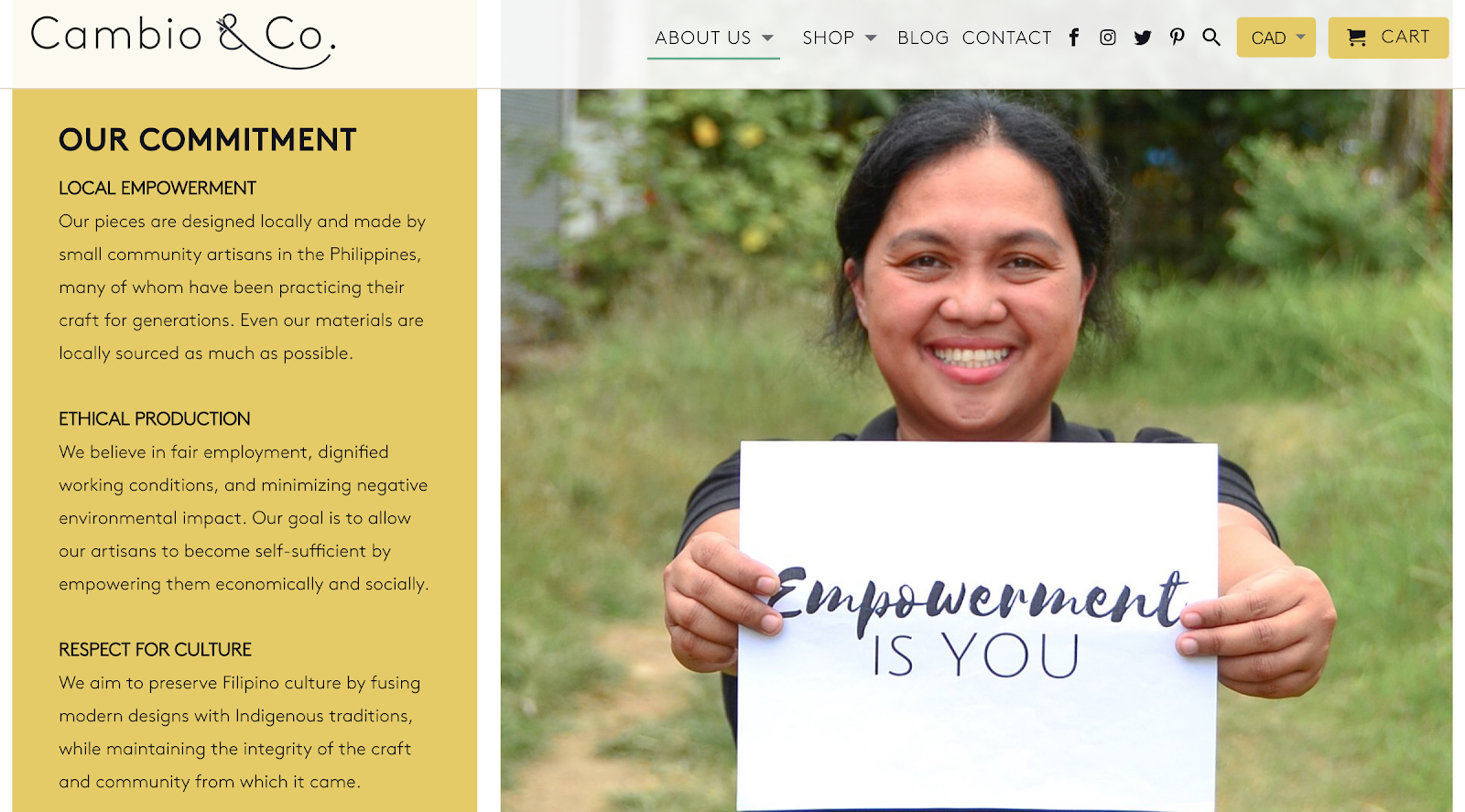
Cambio & Co. showcases fashion accessories designed and handcrafted in the Philippines by ethical brands. In the company's initial growth phase, it began to carry ethically made products from several countries outside of the Phillippines. Although business was growing, it began to lose its sense of purpose and a handful of core customers. The co-founders decided it was time to retrace their roots, and upon examination, realized they needed to clarify their brand and refocus on Filipino crafted goods.
The co-founders share their reason for refocusing their brand: “It may seem so obvious now to anyone on the outside, but for us, it took two and a half years of struggling and confusion and late-night identity crises to really figure it out. But now that we’ve finally arrived here, we’re home.”
Branding helps you stand out in a crowded market
Branding sets your organization apart from others that are doing similar work. Two organizations offering a related product or service can distinguish themselves with distinct brand positionings and personalities. This is especially important in the social impact space as there often hundreds of organizations working on the same issue, offering similar services, or trying to serve the same community.
In action: Rothy's

Rothy’s first made a splash with their launch at the San Francisco Farmers’ Market - selling stylish, sustainable women’s shoes shoulder-to-shoulder with vegetable vendors. At its core, Rothy’s is a direct-to-consumer shoe company focused on reducing waste. However, it’s the company’s storytelling and deep understanding of its audience that make Rothy’s stand out amidst thousands of shoe brands.
The company turns customers into their own brand eco-ambassadors by encouraging people to post photos of their #Rothysinthewild. Oftentimes, Rothy’s will leverage this user generated content in campaigns.
Branding builds trust and loyalty
When an organization acts in alignment with its external messaging, it builds trust with customers and the wider community. With trust comes loyalty.
One way brands build trust is consistently delivering on promises. When a brand acts consistently with its messaging over an extended period, customers learn to associate brand names, logos, or taglines with a particular experience or outcome.
On the flip side, organizations that don’t deliver on promises, or who act out of alignment with the values and messaging expressed in the brand, will lose the trust and loyalty of consumers and stakeholders.
In action: Patagonia
Founded in 1973 by Yvon Chouinard, Patagonia has consistently “walked the talk” when it comes to advocating for environmental sustainability.
This commitment to the company's values and core audience is evident in the 2017 launch of Worn Wear, a program that keeps gear in action longer. Patagonia explains that extending the life of gear is important because, “the best thing we can do for the planet is get more use out of stuff we already own, cutting down on consumption.” You can clearly see how this ladders up to the company’s mission statement: We’re in business to save our home planet.

Watch Now
Close
Branding fosters a community of like-minded people
A strong brand unites stakeholders through a shared purpose. This includes the organization’s customers, but also the internal team. A well-designed brand gives employees and partners a way to feel part of a bigger picture, like they are moving together towards a shared vision. It also appeals to investors, who are looking for a value proposition and a return on investment. Authentic and consistent branding allows an organization to communicate its reputation, integrity, market standing, and vision to potential funders and partners.
In action: New Story Charity
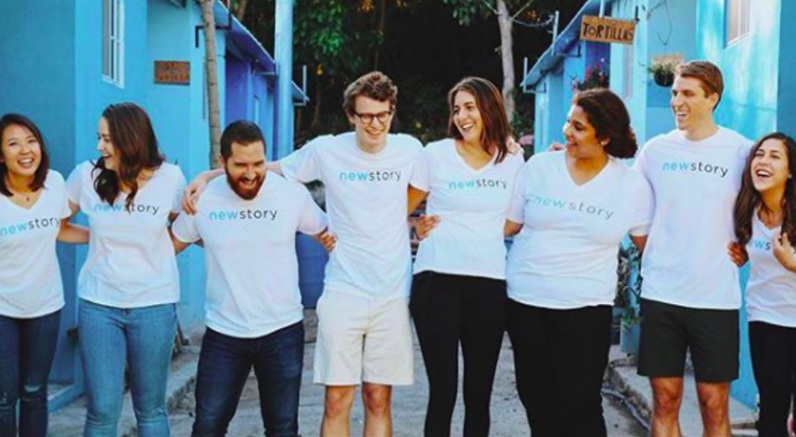
New Story Charity is a nonprofit pioneering solutions to end global homelessness. Despite being based in Silicon Valley where big tech beckons with sky-high salaries, New Story has had no trouble attracting top talent to build homes in Haiti.
In our Human Capital Strategy course, New Story Co-founder and CEO Alexandria Lafci shares that by living its values, New Story naturally attracts stellar people who are aligned with these values. Alexandria explains:
"We’ve been very intentional about defining our organizational values. Even when it was just the three of us co-founders going through Y Combinator, we outlined what we should value so that when we were hiring, we knew to look for those qualities."
Branding increases sales
Ultimately, a strong, authentic brand shows up in the bottom line.
The latest Earned Brand study from global communication agency Edelman, reveals that nearly two-thirds (64 percent) of consumers around the world now make purchases based on beliefs. As the report notes, "Consumers are putting their faith in brands to stand for something. To do the right thing. To help solve societal and political problems. Whether people are shopping for soap or shoes, they’re weighing a brand’s principles as much as its products," and this trend spans generations and income levels.
For example, in the quarter following its controversial global ad campaign in which Colin Kaepernick stood up against racial inequality, Nike saw a 31% increase in online sales. When you present your brand and your values in a way that resonates with the people that you want to reach, it impacts their purchasing decisions.

Now that you’re able to articulate what branding is and why it’s important, it’s time to get your hands dirty!
A five-step process for building your brand
In her Acumen Academy Master Class, Branding for Social Change, design and brand guru Debbie Millman outlines the five steps required to build a remarkable brand. Using her process as a framework and incorporating what we’ve learned from Acumen’s 18 years in the social impact space, we’ve created an actionable guide to developing a brand for any social change venture or initiative.
1. Understanding the need
Most social impact organizations have a strong ‘why,’ or a reason for being that guides them forward every day. It’s important to be clear on your ‘why,’ but before you start building a new brand, Debbie recommends delving deeper with the question:
Why are you the best brand to fulfill a need in the marketplace or community?
When you answer this question explicitly in one sentence, you clarify your organization's purpose and benefits to the people you serve. If you cannot articulate your strategic reason for being, your brand likely isn’t needed.
Thinking strategically about how your brand is set apart from the rest allows you to own and defend your value proposition to your specific audience. If there are existing brands that serve the same audience, you need to understand precisely how your approach or solution is different.
The most common tools used to express purpose are mission and vision statements. For social ventures, memorable brands are often strongly connected to these statements. Your mission is your declaration of how and what you do everyday to fulfill your purpose. It’s a battle cry, it communicates intent to everyone in earshot.
There are five key traits to a powerful mission:
- Simple
- Compelling
- Specific
- Differentiated
- Defensible
Here’s an example from Acumen investee, dLight:
To create a brighter future by making clean energy products universally available and affordable.

And another, from Acumen Academy course partner, New Story Charity:
We pioneer solutions to end global homelessness.

Hand-in-hand with any mission is a vision statement. A vision is an articulation of what the world will look like if you achieve your mission. This is your north star; it’s both aspirational and inspirational.
Here’s an example vision statement from Acumen investee, EthioChicken:
A transformation of the Ethiopian poultry industry, making farmers healthier and wealthier.

2. Researching your audience
After establishing your strategic reason for being, you need to speak with your audience for input on how they perceive your brand. Engaging your customers early allows you to understand what they are connecting with and how they feel about your product or service.
Depending on your needs, there are several research methods you can use:
- Small focus groups and one-on-one interviews help you gain a qualitative understanding of what makes them feel connected and included.
- Observing potential or current customers interacting with your brand illuminates how your brand fits into their life.
- Diagnostic research looks at the current mindset of customers, (i.e., what does this visual mean to you?)
- Projective research looks at possibilities for the future and gathers input to develop your brand (i.e., how would you feel about this direction?)
Collecting themes from your potential audience will give you clues about the the type of branding and communications that will resonate most with them.
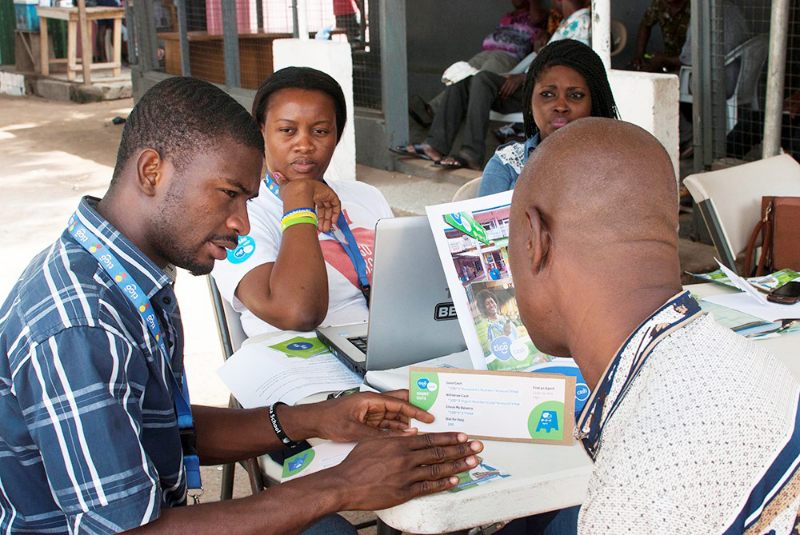
This understanding will help you translate your values into language and visuals that resonate with your audience. If you have an existing audience and are considering rebranding, engaging them is critical to ensure the direction you’re heading is aligned with their values.
3. Positioning yourself in the market
With an understanding of your brand's strategic reason for being and input from your target audience, you have the information you need to position your brand in the market.
In order to frame your brand, you need to analyze the context your brand lives in and craft messaging that sets you apart from alternatives. You can begin to understand your context by completing a landscape audit. Knowing the characteristics, behaviors, and identities that comprise the organizations in your landscape will allow you to uncover opportunities for differentiation.
You may think your brand is so niche or new to the world that there is no real competition or landscape in which to situate yourself. But no brand operates in a vacuum. There are always relevant brands that can be considered in the audit process. It’s also important to note that competition can also be considered at time of use - what would your audience be doing with their time if they weren’t using your product or service?
Once you have a list of five to ten organizations, it’s time to experience their offerings and touchpoints. You can begin by documenting their language - product names, taglines, stated mission, marketing copy — and visuals — logos, colors, imagery, typography. From there you can start to suss out the audience they’re targeting, their brand voice, and the value propositions they’re leaning into.
Once you are familiar with the space, it’s time to situate your brand within it. Brian Collins, founder of brand agency Collins, describes positioning as the combination of three elements:
- How does your offering compare to theirs in terms of story?
- Is that promise materializing in performance?
- Are you innovating in that space, and will your impact last?
Once you have clarity on the positioning of your brand compared to alternatives, the next step is to communicate it to prospective clients and other players in the marketplace.
One of the primary tools for this communication is a positioning statement. Think about this as your internal north star as well as the one-liner that anyone in your organization would use to describe what you do. Here’s a framework to help you get started, but feel free to structure this to fit your needs.
- Identify who you are ('Acumen Academy is a…’)
- What you’ve set out to do (‘that…’)
- For whom you do it (‘for…’)
- The problem you uniquely solve (‘because…’)
The other way to cement your positioning is through a tagline. Taglines are pithy, memorable, and easily repeatable. They enable people to make lighthearted associations with your organization. Think ‘Just do it.’
4. Designing your brand
At this stage, you've determined your brand’s purpose, relevance, and positioning. The next step is to translate those ideas into visual brand elements that represent these core expressions.
Logos are usually the first visual element that comes to mind when you think 'branding'. A logo is a symbol that serves as a visual shortcut to help people identify your work. Other visual elements include the color palette, typography, imagery, and graphics.

Typically, a brand's design is expressed through a creative brief which outlines the challenge, the components, the characteristics, and the criteria for success.
Debbie explains the value of a creative brief, “I find that one day of working on a creative brief can prevent two weeks of mistakes, maybe more, maybe two months of mistakes. A lot of people are very anxious to get the design process started when creating new identities and often circumvent a creative brief feeling like somehow that will curtail what is possible, but I think the opposite is true. I think a creative brief gives you the ability to focus and then go deep and wide within that focus to be able to deliver the best possible outcome.”
In this design phase, it's essential for the visual elements to be aligned with the brand values and messaging determined in earlier stages. As Gopika explains in this short clip, you might consider bringing in outside experts:

Watch Now
Close
5. Unveiling your brand
The final stage is sharing your brand with the world.
Here you take the language and visual identity you created and start to push it out through channels like your website, storefront, advertising copy, media interviews, social media, and other marketing and communications collateral.
It’s crucial that brand elements are consistent across channels so that your core values and messages are consistently communicated to your audience.
Case study: Girl Scouts
In her Master Class on Branding for Social Change, Debbie Millman interviews Bobby Martin and Jennifer Kinon, co-founders of Original Champions of Design (OCD), about their rebranding project for Girl Scouts.
After thirty years, the Girl Scouts organization felt it was time for an overhaul. With an established presence across North America and a mission to uplift women, the Girl Scouts had a clear strategic reason for being. However, they needed a refreshed brand presence.
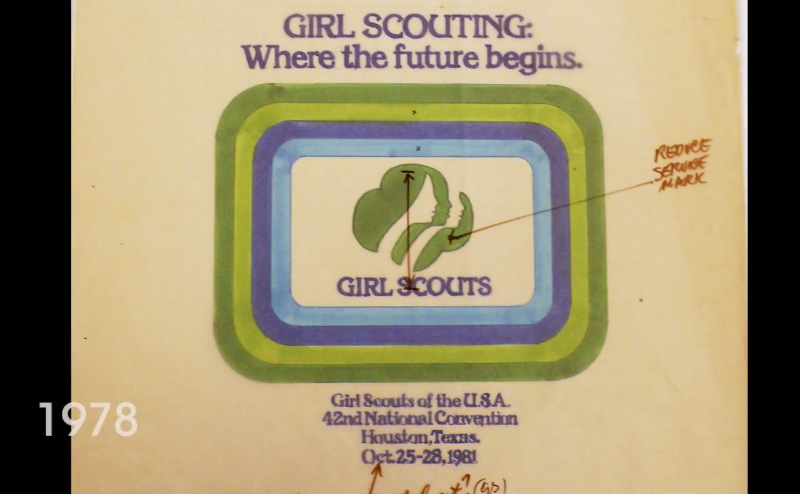
OCD realized there was a considerable amount of brand equity and emotional connection already built into the organization. Pulling from visual history dating back to 1910, Bobby and Jennifer saw a long narrative of visual elements and recognized that the Girl Scouts did not need a new logo.
Instead what they required was a more extensive system of brand elements that could be used by the individual chapters in their own way, while still achieving a consistent brand identity.
As Jennifer summarizes, “A brand almost always requires a system...we look at the whole visual universe of that product, of that person, of that nonprofit, to understand what the elements are that they have been using over time. Then we try to figure out: where do they project their business to go in the future; who will that audience be?”
OCD began the research phase of the Girl Scouts brand update with a deep dive into the archives, looking at artifacts from 1910.
Next, they brought current scouts into the conversation through collage-making sessions. They asked questions like, “What reminds you of Girl Scouts?” and “What are the things that you love?” This process helped OCD visualize what was meaningful to them, what type of organization they wanted to be involved with, how they felt about Girls Scouts right now, and where they wanted to see it headed.

OCD also interviewed stakeholders like troop leaders and ‘green bloods,’ the most involved members. Jennifer and Bobby even joined a Girl Scout convention in order to directly immerse themselves in the organizational culture.
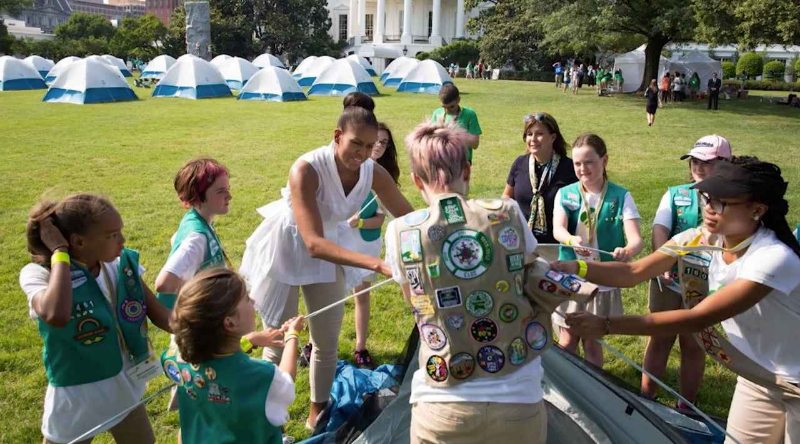
At the time, the organization was going through internal shifts to reduce the numbers of councils, and external changes to update programming and curriculum. OCD wanted to give them a new brand system that would support their plans for the future while remaining flexible and straightforward.
After OCD completed the research phase, they had a plethora of insights to inform the brand identity. Their primary task in the design phase was to translate the abstract concepts they had collected into visuals that served to concretely demonstrate the same ideas.
The solution was to give individual councils more brand assets that they had freedom and flexibility to use in their own mix-and-match style while reducing overall brand inconsistencies.
Research also informed which elements needed to be in the system. For example, OCD determined that a custom and versatile typeface, illustration-style graphics, and a full brand architecture would be required for the new brand system to be successful.
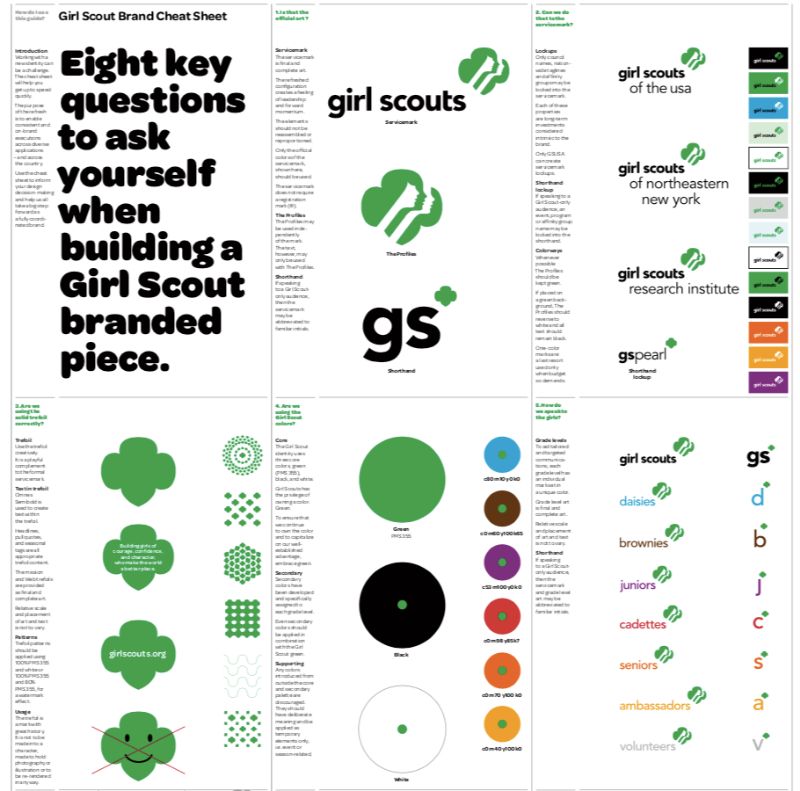
The design charted how all the brand elements visually come together. OCD came up with several iterations of the design before first presenting to Girl Scouts, including evolutionary and revolutionary options to show shortcomings and potential of both directions.
The implementation phase for unveiling the new Girl Scout’s brand architecture included gathering input from the girls to confirm they liked it. Internally, they launched the new identity with case studies to demonstrate the new brand system in action.
OCD also created a 96-page brand user guide, or identity guidelines document, which served as a reference manual to show how the new brand elements and architecture work together. The guide outlined ‘brand rules’ to help councils feel empowered to engage with the updated brand on a day-to-day basis.
Next steps
Now that you're thinking like a brand strategist, it's time to connect with your audience and maximize your impact.
Let's set you up to kick off your branding project by addressing a common roadblock you may face and sharing helpful resources for next steps.
In her Master Class, Debbie makes a point of noting that the five stages outlined in this guide are universal. She explains, “You have to understand the core reason for being and the benefit of any brand before you bring it to market. The same rigor needs to be applied to a nonprofit brand as a for profit brand.”
You might be thinking, easier said than done! It can be challenging to get buy-in across an entire organization. Sometimes people think that branding is not urgent, or that it’s just marketing overhead - maybe you were once one of these people yourself! But as you know now, brand building is an everyday activity that involves your full organization.
Tackle this common roadblock with a one-two punch:
Step one - Arm yourself with case studies included in this guide as proof points to share with your team and generate buy-in. More examples of nonprofits creatively achieving big goals on a small budget are:
Step two - Begin to gradually integrate branding into existing workflows.
Is the product team doing some user research? Utilize that as an opportunity to do audience research.
Beta testing your technology? Take that opportunity to test different value propositions and visual identities!
You can also integrate into business moments in time. If your organization sets annual goals, use that conversation as an entry-point to revisit your mission and vision.
Hiring and onboarding new team members? Have a conversation with HR about the values they look for in candidates and how they see these values reflected (or not) in your product or service.
These practices help keep branding lean and transparent, allowing leadership and everyone else in the organization to get comfortable with brand thinking. Before you know it, your team memebers will start to recognize the value of having a clear brand strategy.
Additional resources
There are dozens of resources and learning opportunities to keep the momentum from here, including the +Acumen Master Class with Debbie Millman on Branding for Social Change and free 1.5 hour Learning Lab with Anne Miltenburg, founder of The Brandling.
Need more? These additional resources will help you continue to grow your ability t think like a brad strategist:
- Debbie Millman’s branding reading list
- Do Something Strategic's 2019 report on brands taking a stand: Cause is Working, Your Marketing Isn't
- Mezzanine’s Guide to Conscious Branding
- Recruiting Social’s Guide to Creating Core Values
Good luck implementing these new ideas into your branding and communications strategies. It’s time to set the world ablaze with your social change brand!



